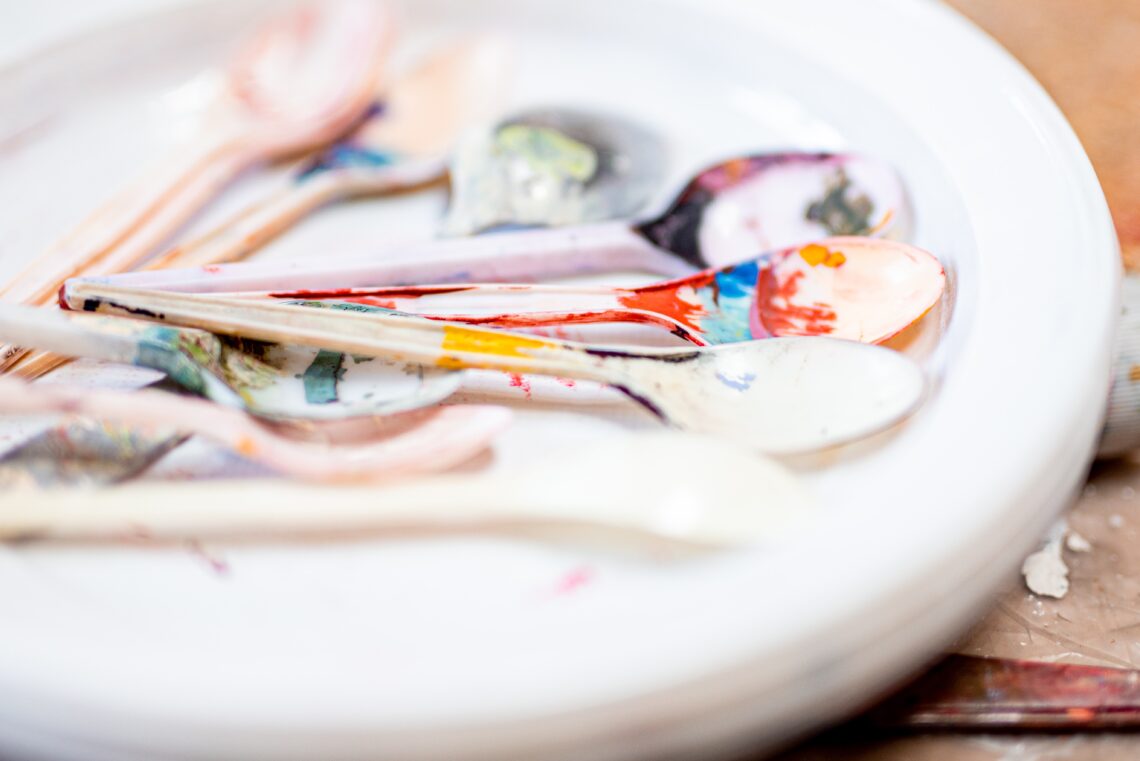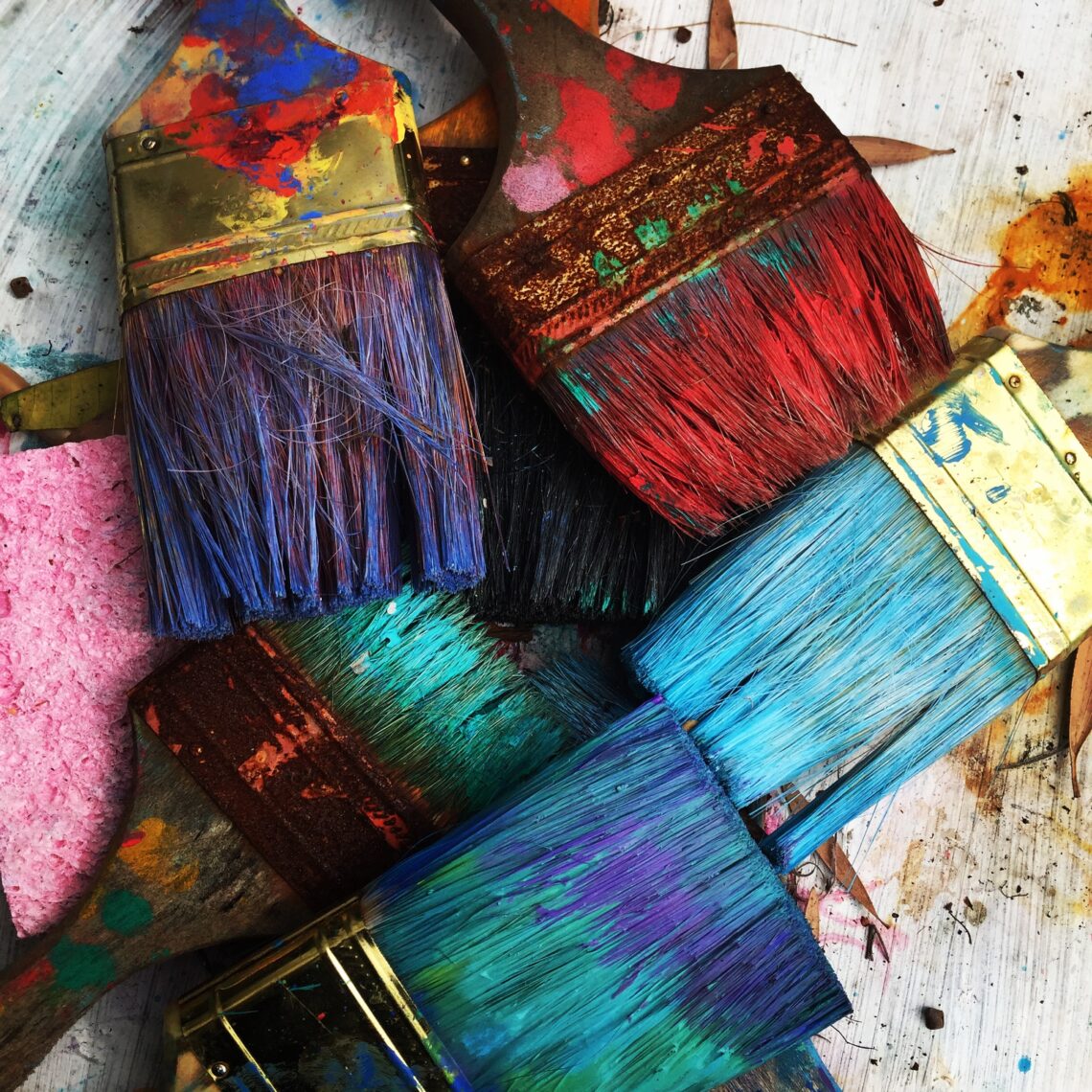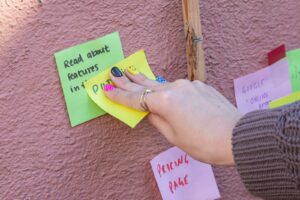Connecting with Your Ancestral Roots: A Journey of Self-Discovery
In today’s world, it can be easy to forget about our roots and the people who came before us. But understanding our ancestry can be an incredibly powerful and rewarding experience. Connecting with your ancestral roots can be a journey of self-discovery that helps you gain a better understanding of who you are and where you come from.
Tracing your ancestry can be a fascinating and eye-opening experience. It can help you learn more about your family’s history, discover your ethnic background, and even uncover long-lost relatives. But the journey to uncovering your roots can be a difficult one. It requires patience, dedication, and a willingness to learn.
The first step in connecting with your ancestral roots is to gather as much information as you can about your family. Start by talking to your relatives and asking them questions about their family history. Ask about their parents, grandparents, and any other relatives they can remember. Take notes and record any stories they tell you.
You can also use online resources to help you in your search. There are many websites, such as Ancestry.com, that allow you to search for records of your ancestors. These records can include birth, marriage, and death certificates, census records, and military records. You can also use genealogy websites to search for living relatives.
Once you’ve gathered as much information as you can, it’s time to start piecing together your family tree. You can use online tools, such as FamilySearch.org, to help you create a family tree. This will help you visualize your family’s history and make it easier to identify patterns and relationships.
Once you’ve created your family tree, you can start researching your ancestors. Look for records, such as newspaper articles, obituaries, and military records, that can provide more information about your ancestors. You can also search for old photographs and documents that can help you learn more about your family’s history.
If you’re able to, you can also visit the places where your ancestors lived. This can be a great way to connect with your roots and learn more about your family’s history. You can visit cemeteries to pay your respects to your ancestors, or visit museums and historical sites to learn more about the places they lived.
Finally, it’s important to remember that connecting with your ancestral roots is a journey. It’s not something that can be done overnight. It requires patience, dedication, and a willingness to learn. But it can be a rewarding experience that helps you gain a better understanding of who you are and where you come from.
If you’re interested in learning more about connecting with your ancestral roots, there are many resources available to help you. Organizations such as African Ancestry and JewishGen specialize in helping people trace their ancestry. There are also many books and websites, such as Ancestry.com’s Learning Center, that can provide helpful advice and guidance.
Connecting with your ancestral roots can be a powerful and rewarding experience. It can help you gain a better understanding of who you are and where you come from. It can also help you uncover long-lost relatives and learn more about your family’s history. So take the time to explore your roots and embark on a journey of self-discovery.









